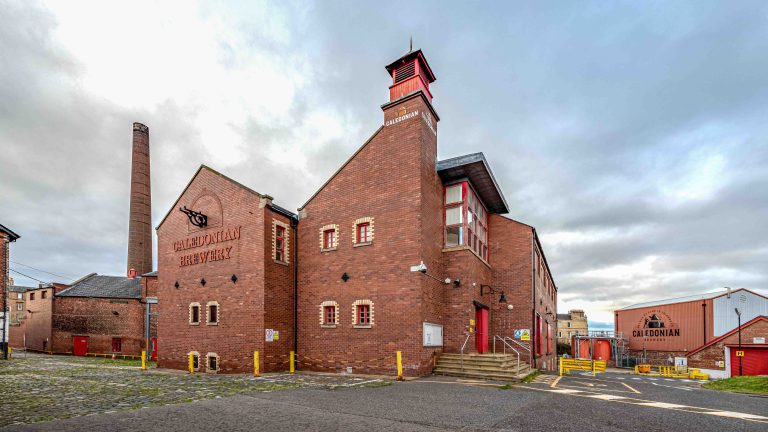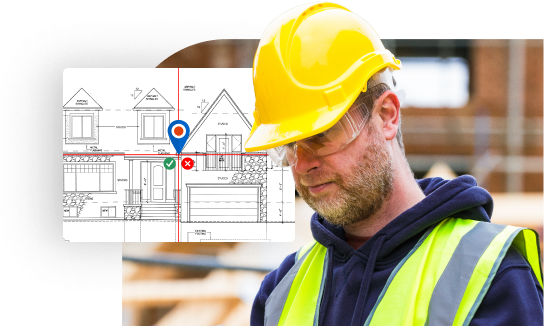The development of cryptocurrencies as a real way to pay for things online has had effects on many parts of the world economy. One of the most noticeable and changing effects in England has been on the residential and commercial real estate sectors. The use of digital assets is changing the way people buy, sell, and invest in property by making transactions across borders speedier and introducing tokenized assets. This new digital paradigm is changing the way English real estate works, from how people buy and sell property to how they invest. Impact of Digital Currencies On Commercial and Residential Real Estate In England Making Transactions Easier One of the most obvious effects of using cryptocurrencies in England’s real estate market is that it might make property deals go more smoothly. When buying or selling property the old-fashioned way, there are typically layers of red tape, such as financial middlemen, legal agents, and government agencies, that can slow things down. Cryptocurrencies can speed up transactions by automating some processes, especially when combined with smart contracts or converting USD to XRP and vice versa. Smart contracts can automatically carry out their tasks when certain circumstances are satisfied. This speeds up the process of closing deals and lowers the risk of human error or manipulation. This can lead to faster ownership transfers, fewer delays because of bank hours, and lower transaction fees, especially for cross-border transactions for both residential and business buyers. Investing in Real Estate Across Borders Cryptocurrency has also made it easier for more international investors to buy property in England. For a long time, England, especially cities like London and Manchester, has been a popular place for people from all over the world to invest in real estate. However, the international banking rules and problems with foreign exchange often got in the way. With cryptocurrency, these investors can get around some of these old problems. Digital currencies make it possible to send and receive money instantly and across borders. This makes it easier for purchasers from other countries to invest in English property without having to deal with complicated foreign currency procedures. This has made the property market more active and increased liquidity, especially in high-value commercial and luxury residential locations. Tokenizing Real Estate Assets Tokenizing property is one of the most groundbreaking ways that cryptocurrency is being used in real estate. This means breaking up a piece of real estate into digital tokens that stand for shares of ownership. People can then buy, sell, or exchange these tokens on blockchain networks. Tokenization is becoming more popular in England with both developers and investors. For commercial real estate, this means that more than one investor can own an office building, shopping complex, or warehouse. Tokenization makes it easier for small investors to buy assets that were only available to big investors before. Tokenization can also help homeowners get more money out of their homes. They can sell fractional ownership in their properties using digital tokens instead of taking out traditional home equity loans. This makes it possible to finance and invest in new ways, which decentralizes how money is managed and shared. Safety and Transparency People know that the blockchain technology that powers cryptocurrency is very open and can’t be changed. A decentralized ledger keeps track of every transaction, which makes it less likely that fraud or data manipulation will happen. In real estate, this means that blockchain networks can safely store and allow access to property ownership records, transaction histories, and due diligence information. This amount of openness can help buyers, sellers, and investors trust each other more, especially in big business negotiations. Additionally, blockchain networks are much harder to attack than many other systems. Therefore, they offer better data safety. This is especially significant in real estate because parties often communicate private legal and financial information. Potential Concerns Even while there are benefits to using cryptocurrencies in real estate, there are also problems that come up. England’s rules for buying and selling property still depend a lot on established financial systems. Cryptocurrency-based transactions don’t work well with all of the systems used for conveyancing, land registration, and tax collection yet. Also, the fact that cryptocurrencies are so volatile makes people worry about price changes between the time an offer is made and the time the deal is done. This is especially important in commercial real estate agreements, which are worth a lot of money, when even a small percentage shift can mean a lot of money. There is still work to be done to make the rules clear. Authorities are slowly getting used to the growth of digital currencies. Still, adoption may stay cautious until there are clear rules on how to handle bitcoin in property sales, especially when it comes to taxes and anti-money laundering. Agents and Developers Some property developers and real estate agents in England are already accepting cryptocurrencies as payment. This happens more often in luxury real estate markets and new construction projects where purchasers who know a lot about technology want modern, flexible ways to buy. Accepting cryptocurrencies can help commercial real estate developers attract a wide range of forward-thinking investors from all around the world. More and more, these companies are looking at blockchain and crypto integrations not only as ways to pay but as parts of bigger plans for digital transformation. What to Expect in the Future In the future, cryptocurrency will have a bigger impact on the English real estate market. As blockchain technology gets better and authorities make the rules clearer, more people in the residential and commercial property markets are likely to start using digital assets. Also, as decentralized finance (DeFi) grows, new ways to fund and own real estate may come forth. There are many ways to be creative, such as using tokenized investment pools to support real estate developments or giving out blockchain-based mortgages. Cryptocurrency gives investors, developers, and homeowners tools that can make the real estate market more efficient, open, and easy to









